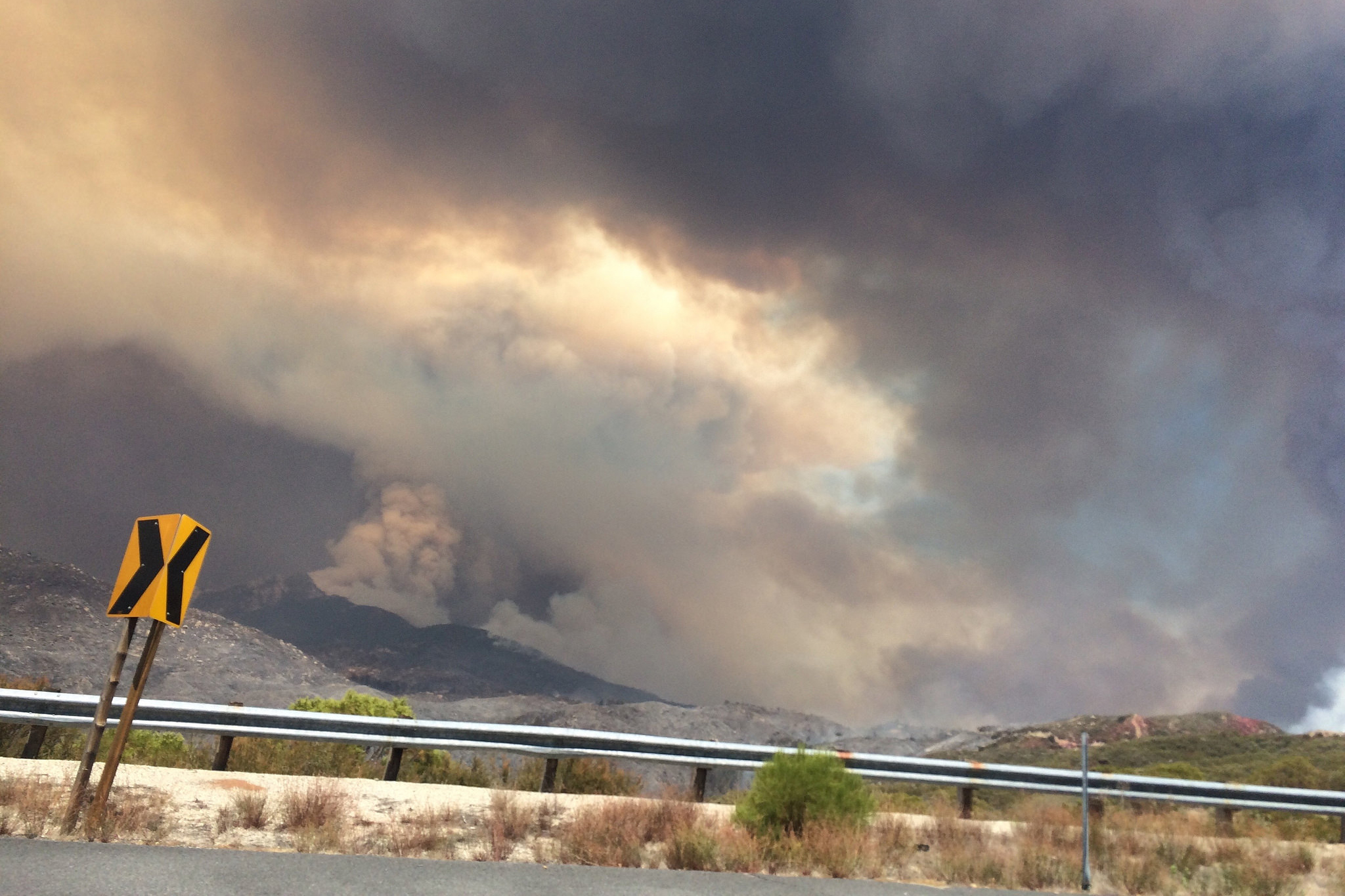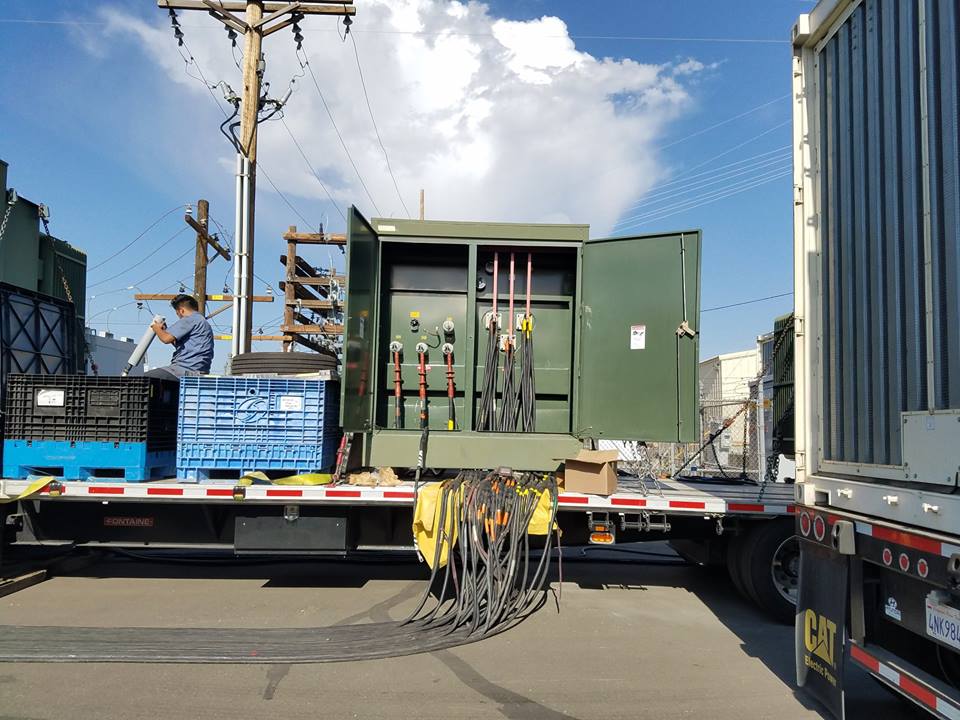
After a raging California wildfire took out its only transmission line, Anza Electric Cooperative harnessed mobile generators to maintain service.
“Southern California Edison reports approximately two to five miles of line down in extremely rugged country,” said Kevin Short, CEO of Anza Electric. “We’ve suffered the complete loss of our incoming transmission feed.”
The Cranston Fire has scorched more than 13,000 acres, destroyed more than a dozen buildings and prompted the evacuation of hundreds from the area since July 25. Authorities arrested an arson suspect in California’s Riverside County. The fire was 82 percent contained as of July 31.
“All of the losses to homes and property were suffered by residents outside our service territory,” said Short. The co-op hosted an emergency meeting at its Anza headquarters July 26 so regional officials could provide an update and Short could share his plans to restore and maintain service.
While initially the co-op expected to rotate power through its substations for about one hour, two or three times a day, four trailer-sized generators were deployed by midday July 27. Together, they’ve provided enough power to handle between 50 percent and 68 percent of the co-op’s demand.
The Generation and Transmission Cooperatives of Arizona has been assisting its member distribution co-op since service disruptions began July 25.
“We worked on a plan to add mobile generation to their system, and how and where the units should be connected at what voltage,” said Barry Brown, the Benson, Arizona-based G&T’s executive director of engineering and transmission maintenance. “Then we found the vendors and secured the equipment and cabling we needed, and shipments began arriving Friday.”
Engineering and substation specialists from Arizona helped with the interconnection, and distribution lines were re-energized July 28.
“We have 12 megawatts of onsite generation and are able to provide 75 percent of our load with 90 percent reliability,” said Short. “We must rotate circuits in two areas due to limitations of generation interconnection, but we can get everyone power for most of the time.”

Anza Electric has also received a lot of help from Southern California Edison, which owns the transmission line damaged by the blaze.
“They have helped us by getting us in touch with their transmission repair contractor, and crews are already helping us with repairs to our transmission lines,” said Short. “SCE has also extended help with telecommunications, food for our staff, and a contact for diesel fuel for our emergency generation.”
The investor-owned utility is using the co-op’s headquarters to stage repair and relief efforts, which could take two weeks.
“We’re importing 15,000 to 24,000 gallons of fuel per day to run the generators, which is the single critical link for us to be able to deliver energy to our members,” said Short.
A co-op subsidiary, Connect Anza, temporarily lost its fiber connection when its investor-owned telecommunications provider lost power to a backup generator. The co-op’s internet subscribers lost service, and telecommunications to Anza EC’s offices were temporarily disrupted until the co-op dispatched fuel to the provider to get its generator running.
“We have donated generators and fuel to several critical infrastructure points in the community,” said Short. While daytime temperatures in the high desert area have hit the triple digits, overnight lows have dipped below 50 degrees.
The fuel assistance has been provided to a warming/cooling center, a temporary emergency shelter and a temporary animal shelter for displaced horses and pets, said Short. “We have brought bottled water to the area multiple times and are continuing to do so.”